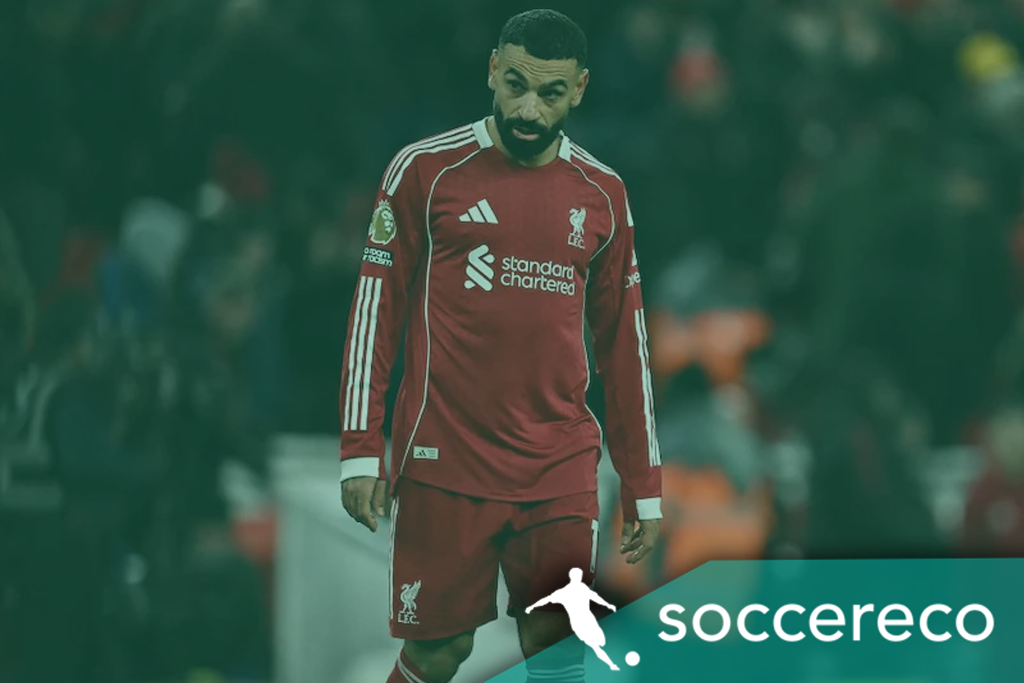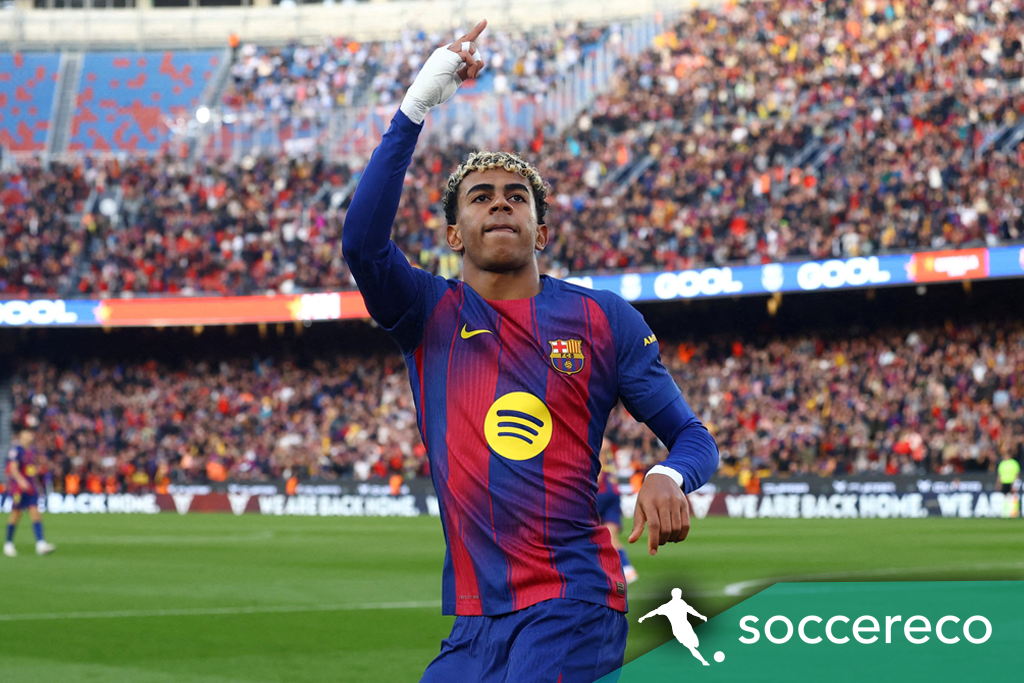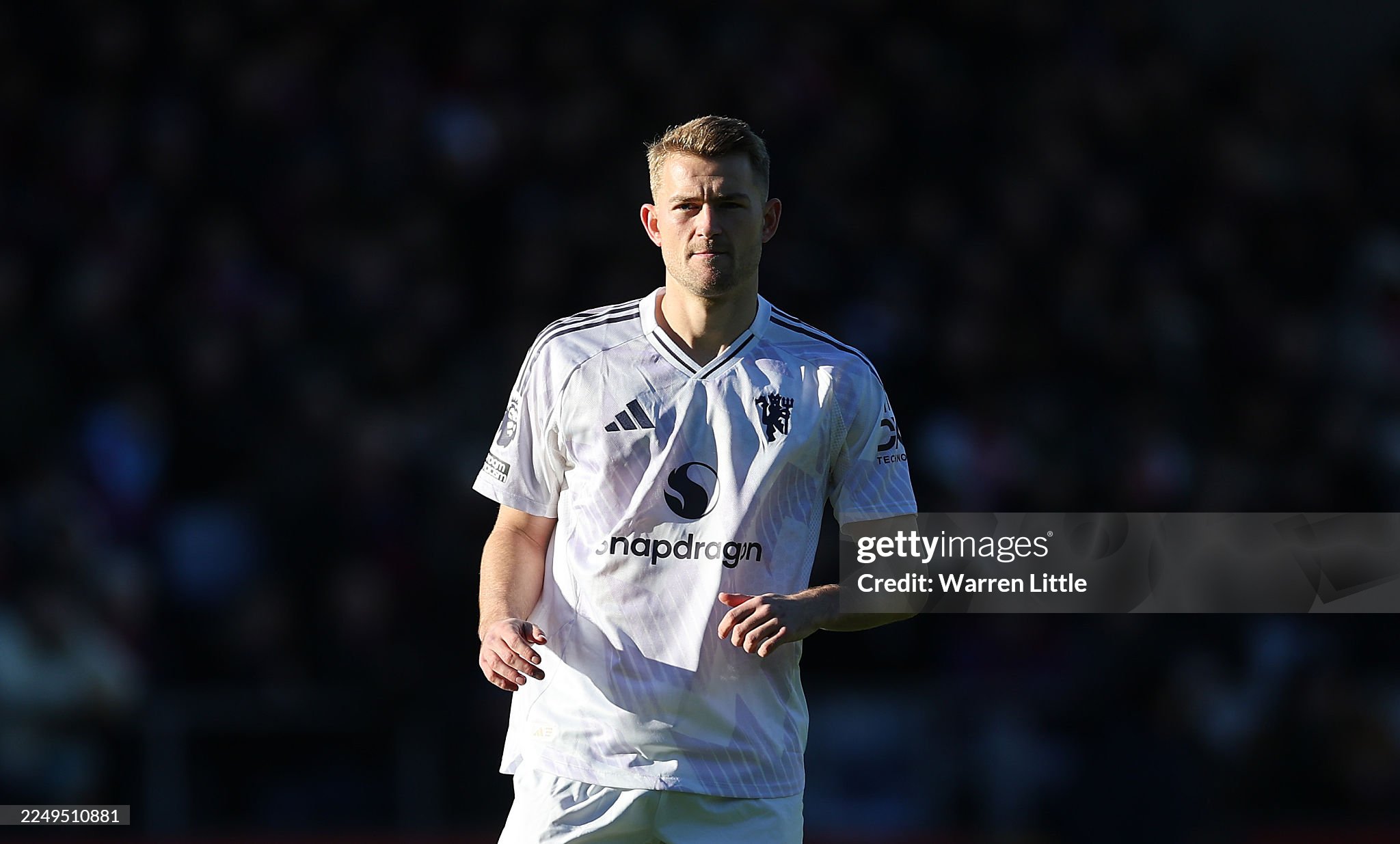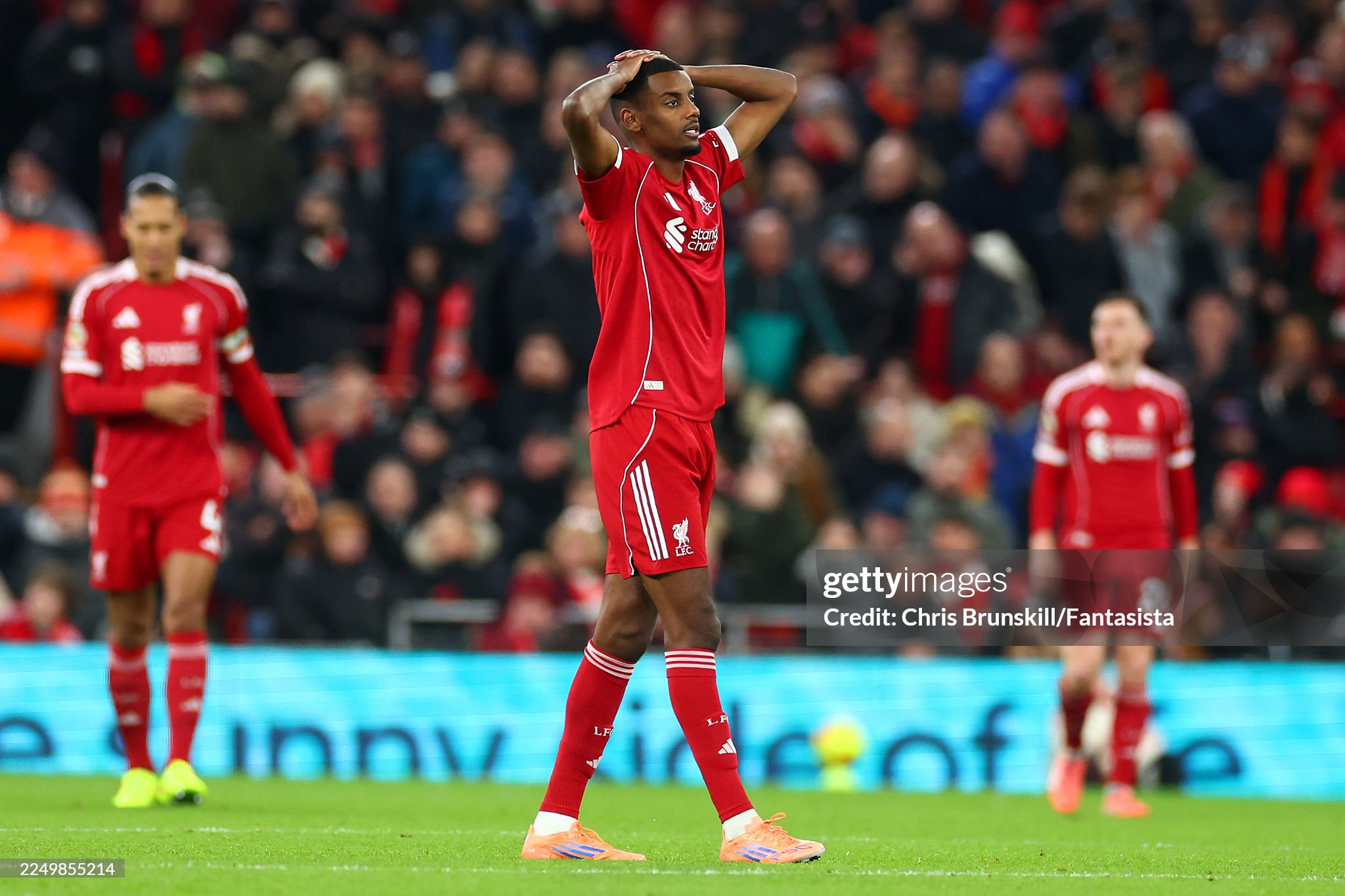Rasmus Højlund and Scott McTominay were not guaranteed a starting place at Manchester United, but at Napoli they are playing out of their skins. That raises questions for Peter Schmeichel. The decision-makers all have their own agenda. How can you create a stable environment then?

Peter Schmeichel has poured fuel on the Manchester United debate by highlighting how two players who struggled to lock down guaranteed starting roles at Old Trafford now look reborn in Italy.
Scott McTominay moved to Napoli last season, helped the club reclaim the Serie A crown, and finished the campaign with the Player of the Year award. Rasmus Højlund followed this past summer and burst out of the gates with four goals in his first six league appearances. Speaking on the BBC podcast Sacked in the Morning, Schmeichel argued that the contrast reveals deeper problems at United. In his view, Højlund rarely received meaningful service in England, whereas at Napoli he finds himself surrounded by creators and movers who give him chances early and often, including Kevin De Bruyne and McTominay. The result is a striker who looks confident, decisive, and relentless inside the penalty area.
Schmeichel’s comments cut to the heart of the tactical critique that has dogged United for multiple seasons. He believes Højlund’s profile was never the issue. Give him consistent deliveries, runners who occupy defenders, and a midfield that can sustain pressure, and he can produce 25 goals in a Premier League season. The problem, Schmeichel suggested, was structural. The team around Højlund did not deliver enough crosses, cutbacks, or quick combinations to play to his strengths. In Naples, the triangle between the central creator, the right-sided midfielder, and the center forward looks coherent. Højlund attacks the near post or holds the line, McTominay times late entries into the box, and De Bruyne orchestrates the tempo, picking passes into space that Højlund can attack. The movement patterns are rehearsed and repeated, which breeds both confidence and muscle memory.
That point about repetition brings Schmeichel to his second theme. He questioned United’s squad building and asked why the club invested heavily in Benjamin Šeško while other, more urgent needs went unaddressed. In his view, United still had a goalkeeper uncertainty and lacked a true controlling midfielder who could dictate matches. The insinuation is that recruitment was driven by competing agendas rather than a joined up plan. When the head scout arrives from RB Leipzig and immediately prioritizes a familiar target, it can be hard to maintain a consistent pathway for the squad as a whole. Different decision-makers push different profiles and the result is a dressing room with overlapping skill sets but no clear hierarchy.
The McTominay situation is the most emotive thread in Schmeichel’s critique. He believes the Scotland international embodies Manchester United at their best. Combative, disciplined, and willing to do the hard running that unglamorous roles demand, McTominay offered versatility that coaches valued but never fully built around. For Schmeichel, that versatility became a double edged sword. Managers used him to plug gaps rather than as the heartbeat of a coherent system. He referenced Phil Neville as a historical parallel, a player who could cover multiple roles and was thus always selected, yet rarely installed as the central pillar of the team. In Naples, by contrast, McTominay has a clearly defined job inside a structure that highlights his strengths. He presses with purpose, arrives late into scoring zones, and supports the right half space where De Bruyne receives to turn and play forward.
The tactical picture at Napoli explains much of the improvement. In possession they create a box midfield, which frees De Bruyne to roam while a holding player screens transitions. Fullbacks push at measured heights to offer width without exposing the back line. The front three compress the central channels, inviting quick one twos and third man runs. Højlund thrives on those actions. He peels off the shoulder, drags markers, and then darts into the corridor between fullback and center back. The delivery often arrives along the ground rather than as hopeful high balls, which plays to his acceleration and finishing on the move. McTominay’s timing is essential here. He reads De Bruyne’s body shape and arrives in the box just as defenders collapse on Højlund, which opens cutbacks to the penalty spot. These are repeatable patterns that stack expected goals over time.
Schmeichel’s argument also touches the psychology of players. For a young forward, the difference between chasing scraps and anticipating quality chances is massive. Every clean first touch and early shot reinforces the sense that goals are coming. That changes how a striker moves, how he demands the ball, and how teammates look for him. It is a virtuous cycle. The same applies to McTominay. When his responsibilities are clear, he plays quicker, takes better angles in the press, and chooses higher percentage actions in possession. Confidence and clarity are closely linked in elite sport.
There is a broader lesson for United in these observations. Recruitment should be less about collecting talented individuals and more about building complementary units. If Højlund is the long term nine, the club must prioritize creators who feed him and a controller who can pin opponents in their half. If McTominay’s profile is still valued, then define his role and invest in pieces that amplify it rather than duplicating it. When each signing is made through the filter of a shared game model, the squad becomes greater than the sum of its parts.
Schmeichel’s frustration is sharpened by the optics. Watching a player you developed or signed flourish elsewhere always raises uncomfortable questions. It is not simply that McTominay and Højlund are playing well. It is that they are playing well together, in roles that United arguably needed filled. For supporters, that creates the perception of organizational drift. For the dressing room, it raises the stakes around future windows. Will the next arrivals fit a plan or another set of individual preferences.
The immediate storyline is straightforward. Napoli acquired Højlund on loan with an obligation to buy, a structure that allowed them to manage risk while betting on upside. McTominay is under contract at the Stadio Diego Armando Maradona until the summer of 2028, which gives the Italians leverage and continuity. Both could feature again on Saturday away to Torino at 18:00, another test of whether the new attacking blend can keep humming in the grind of Serie A. If Højlund maintains his early scoring rate and McTominay continues to add goals and leadership from midfield, the questions that Schmeichel is asking will only grow louder.
For now, the contrast remains stark. In Manchester, Højlund looked like a talented striker in search of a framework. In Naples, he looks like the finisher of a finely tuned machine. In Manchester, McTominay looked like a utility man. In Naples, he looks like a pillar of a title defense. Schmeichel’s conclusion is simple. Align the agendas at the top, pick a plan, and sign to the plan. Only then can a club create the stable environment that turns potential into trophies.
Updated: 11:20, 16 Oct 2025








